The Best Alfred Hitchcock Movie Is Hitting Streaming
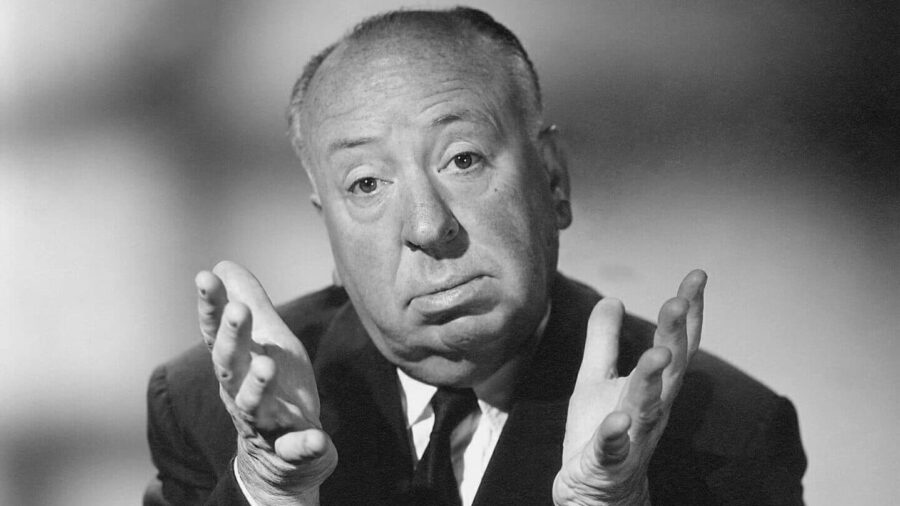
The 1954 American mystery thriller Rear Window, from director Alfred Hitchcock, will be available to stream on The Criterion Channel in December. According to The Film Stage, the rest of the lineup includes retrospectives on Yasujiro Ozu, along with tributes to Ousmane Sembene and Parker Posey. Other highlights are films like They Live By Night, Blast of Silence, Lady in the Lake, and others.
Rear Window Is A Classic
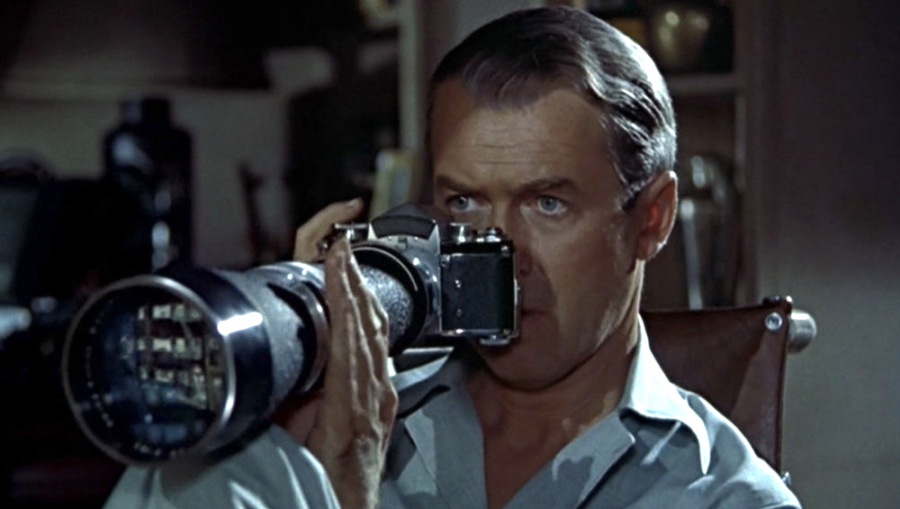
Rear Window is based on Cornell Woolrich’s short story It Had to Be Murder.
The film, starring James Stewart, Grace Kelly, Wendell Corey, Thelma Ritter, and Raymond Burr, is celebrated for its innovative storytelling, masterful cinematography, and suspenseful atmosphere. The movie had its debut screening at the 1954 Venice Film Festival.
The story revolves around L.B. “Jeff” Jeffries, a photographer who is confined to a wheelchair with a broken leg. While recuperating at his Greenwich Village apartment, Jeff peers through his rear window into the neighboring apartments.
He quickly acquaints himself with the movements of “Miss Lonelyhearts,” a newlywed couple, a pianist, a dancer, and a salesman named Lars Thorwald.
Rear Window Takes A Dark Turn
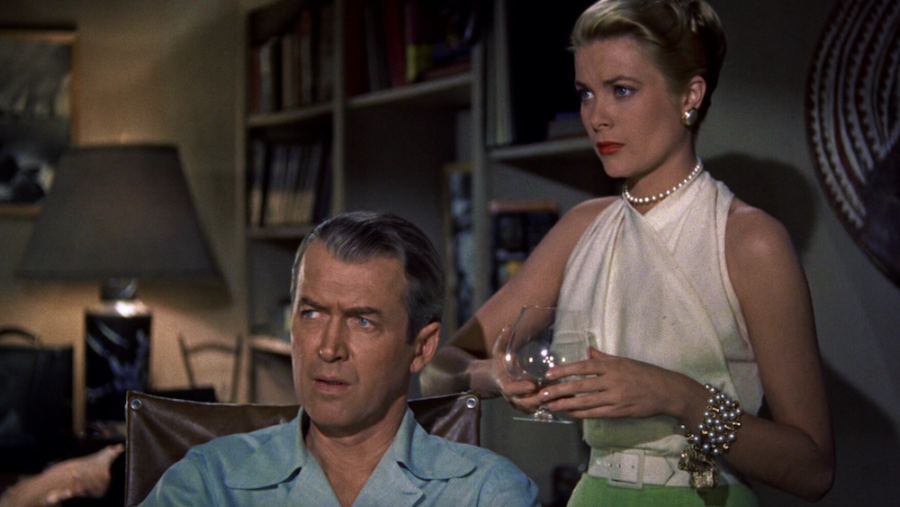
Rear Window takes a dark turn when Jeff, alone in his apartment one night, hears a scream and the shattering of glass. A series of events unfolds, with Thorwald’s suspicious behavior escalating during a thunderstorm.
Convinced that Thorwald has murdered his bedridden wife, Jeff confides in his socialite girlfriend, Lisa Fremont, and his nurse, Stella.
The trio embarks on a risky investigation fueled by Jeff’s unwavering belief in Thorwald’s guilt.
Despite the skepticism of the police, Jeff’s suspicions intensify as he witnesses the neighbor’s dog meeting a tragic end.
Convinced that Thorwald is the culprit, Jeff orchestrates a plan to expose him, leading to a tense confrontation between Lisa and the suspected murderer.
Rear Window Was Innovative
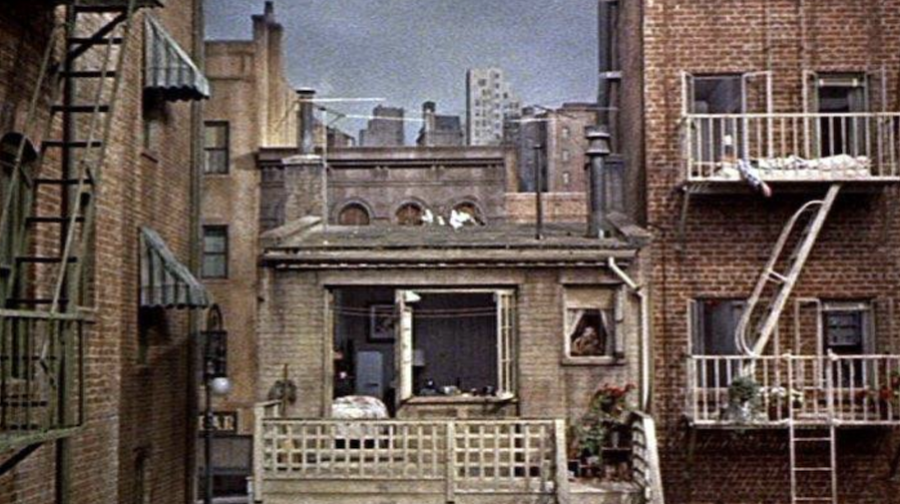
Rear Window not only serves up a thrilling mystery but also masterfully weaves together elements of suspense, romance, and human observation, offering a unique perspective on the dynamics of urban life.
Hitchcock used a highly innovative and technically challenging set design, with the entire movie taking place within Jeff’s apartment and the courtyard he observes.
This created a sense of claustrophobia and voyeurism, enhancing Rear Window‘s tension. The massive courtyard set was constructed at Paramount Studios, with individual apartments fully furnished and equipped with live plants.
Edith Head designed Grace Kelly’s glamorous wardrobe, contributing to the film’s overall style.
Widespread Acclaim
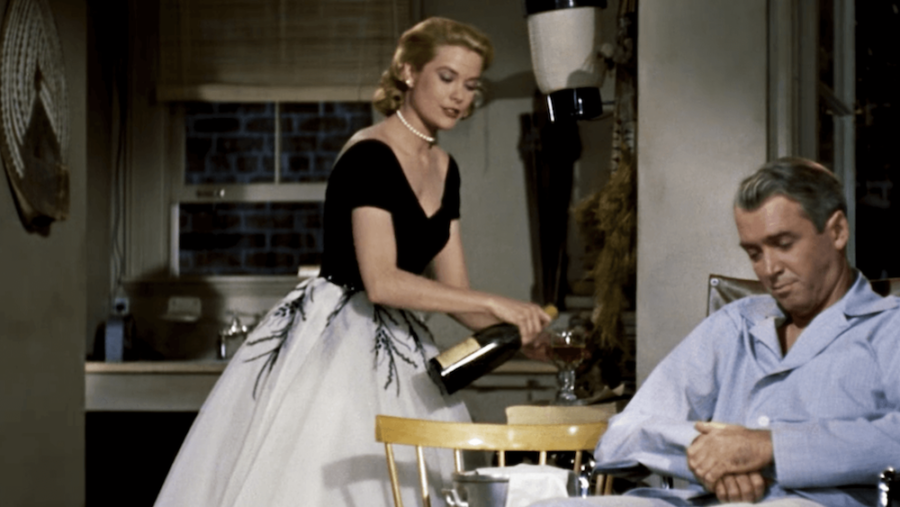
To create realism, James Stewart wore a full-leg cast during filming even though his real-life broken leg had already healed. The absence of a traditional musical score increases the tension, relying on ambient sounds to heighten suspense.
As with many of his movies, Hitchcock makes a brief cameo appearance in Rear Window. He can be seen winding the clock in the songwriter’s apartment.
Rear Window received widespread critical acclaim upon its release. Critics praised Hitchcock’s direction, the screenplay, and the performances, particularly Stewart and Kelly as L. B. “Jeff” Jefferies and Lisa Carol Fremont, respectively.
Rear Window Is A Classic
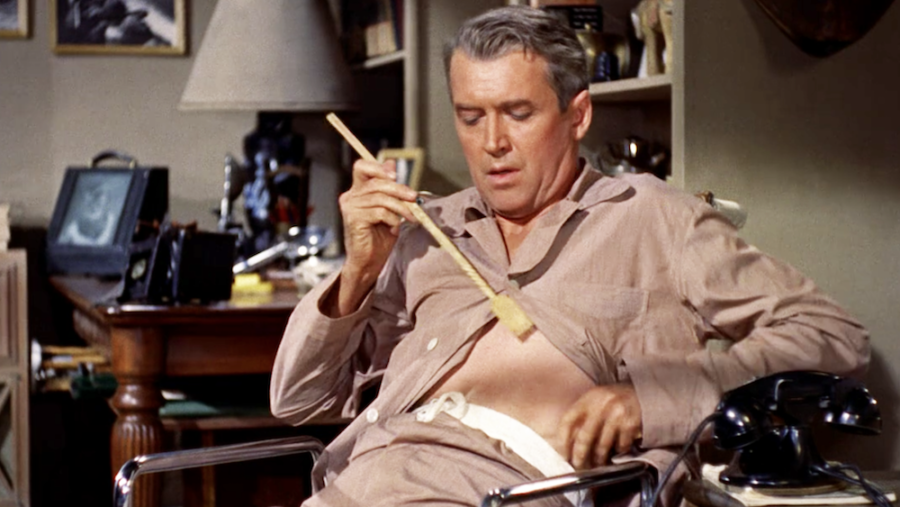
Although the film was nominated for four Academy Awards, including Best Director for Hitchcock, it did not win any.
However, it has since become regarded as one of Hitchcock’s finest works. Rear Window was a commercial success, earning over $36 million at the global box office against a budget of approximately $1 million.
Rear Window is considered a classic in the thriller genre and has had a lasting impact on filmmaking. Its influence can be seen in subsequent works that explore the theme of voyeurism and suspense. The film’s technical achievements, particularly its use of limited sets and the voyeuristic perspective, have inspired countless filmmakers.
Alfred Hitchcock’s Career
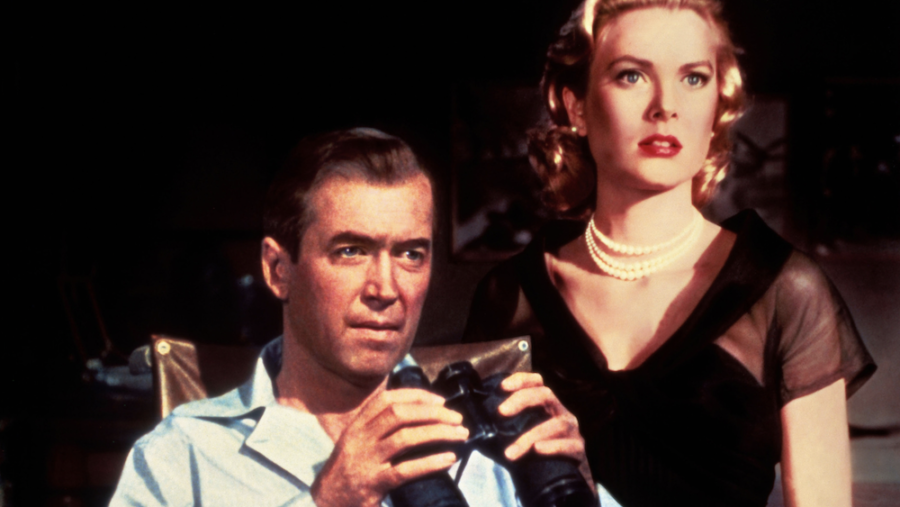
After the success of Rear Window, Hitchcock continued to shape cinema with a string of iconic films. In 1955, he directed To Catch a Thief, a stylish thriller set against the backdrop of the French Riviera, starring Cary Grant and Grace Kelly.
The film showcased Hitchcock’s flair for suspense and his ability to create visually stunning scenes.
Hitchcock’s penchant for psychological thrillers like Rear Window reached new heights with Vertigo in 1958, a film that has since been hailed as a cinematic masterpiece.
Starring James Stewart and Kim Novak, Vertigo delved into complex themes of obsession and identity. The 1960s saw the release of Psycho, which shocked audiences with its unconventional narrative and iconic shower scene.












